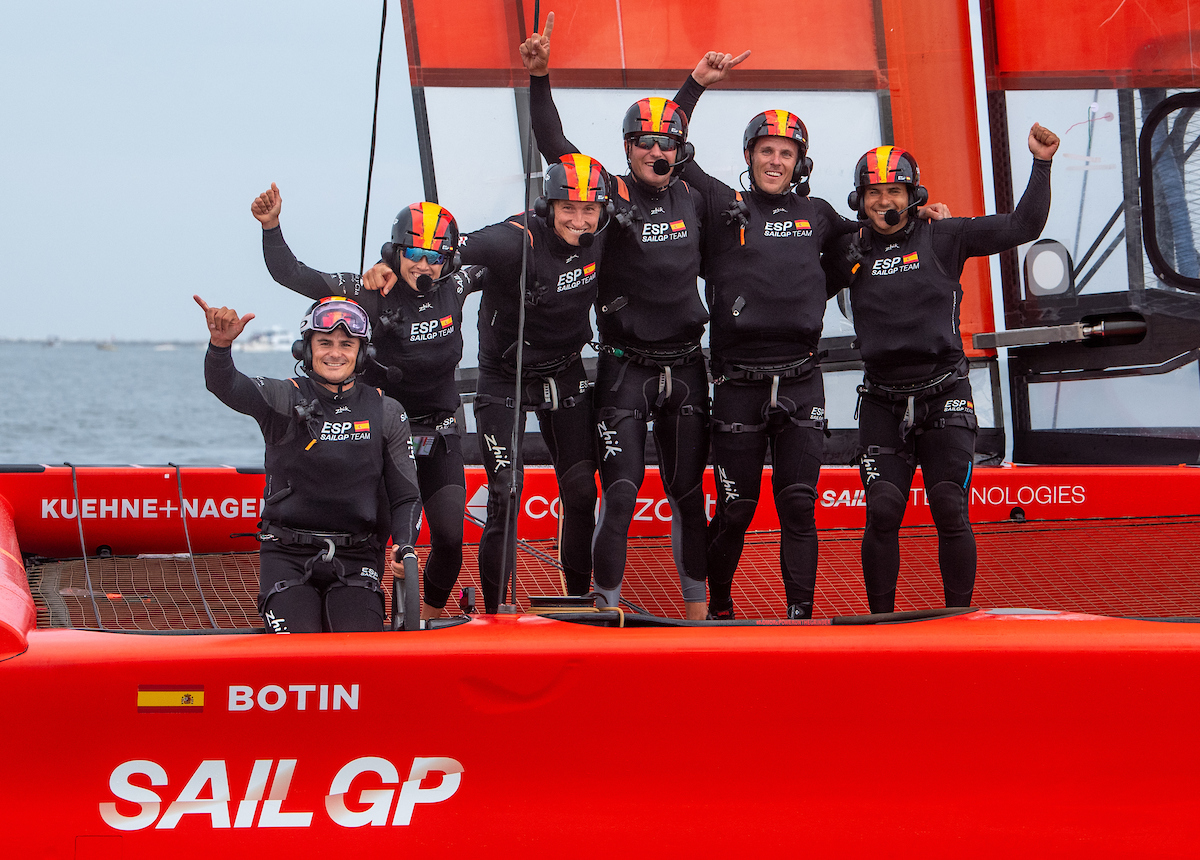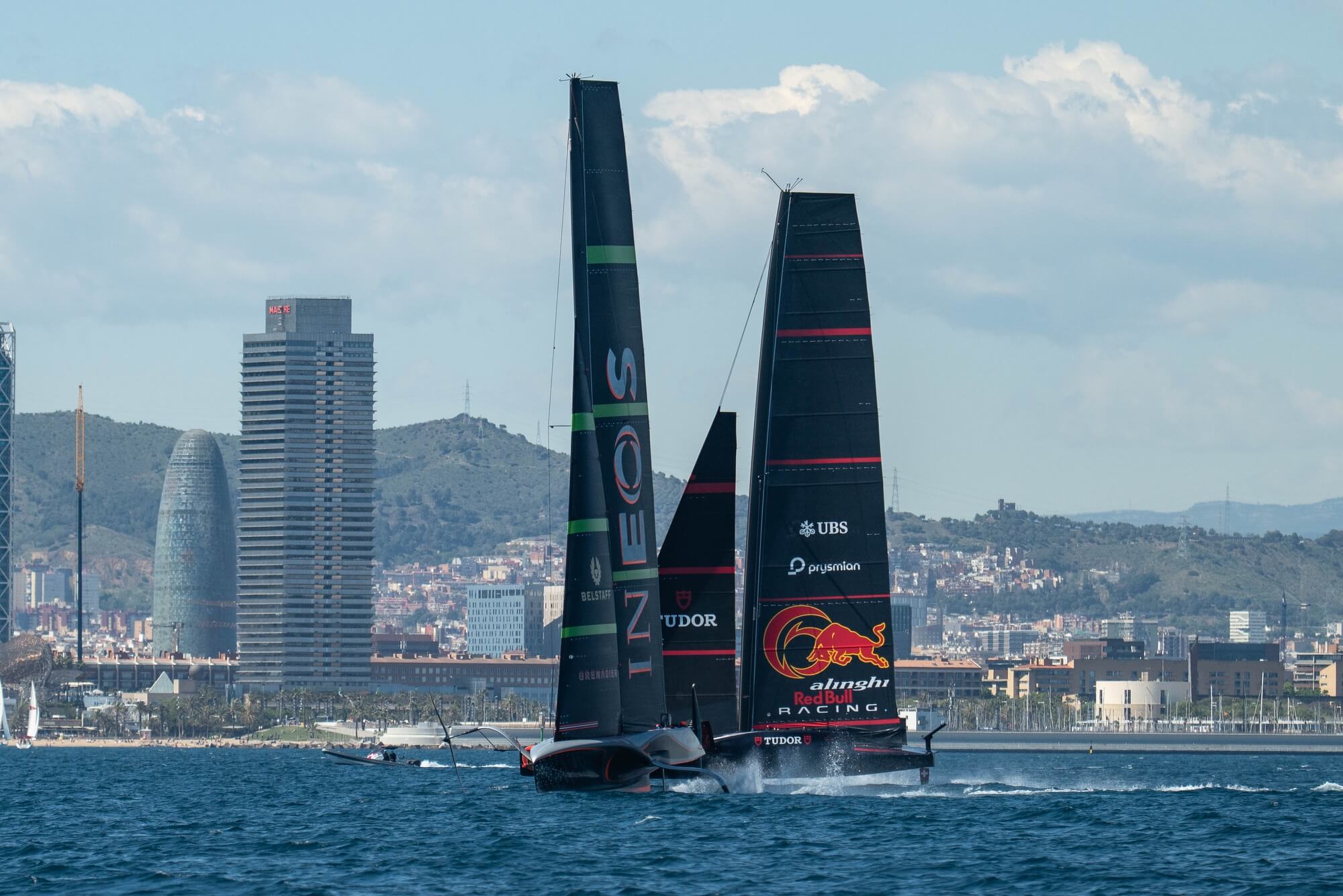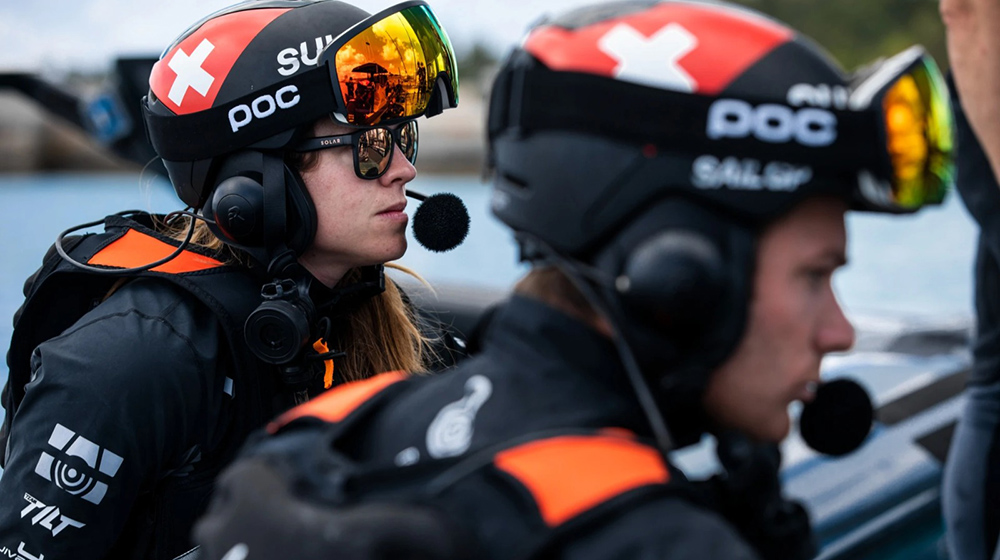Roles of the crew members on an Ocean Race yacht
In the context of an ocean race, the roles of the boat's crew members and the coordination and communication between them are vital for success. Life on board is no easy task, as they face intense storms, hurricane-force winds, huge waves and scorching days, among other things.
Ocean racing demands perfect timing and an unwavering team mentality. The crew members of an Ocean Race boat play specific roles to ensure performance, safety and efficiency during the competition.
Skipper
The leader of the team and ultimately responsible for tactical and strategic decisions. The skipper has extensive sailing and leadership experience.
As the supreme leader of the boat, the skipper holds ultimate authority and makes the final decision. Before setting sail, he establishes the individual responsibilities of the crew and clearly communicates various aspects, such as space allocation, water limitation, among others, as well as all necessary precautions to avoid hazards. In addition, he decides who will be at the helm and structures watches to allow the crew to rest during long voyages.
In summary, being a competent skipper involves organizing the crew efficiently, recognizing individual skills, assigning tasks with practicality and being receptive to everyone's voices, motivating them in the process.
Navigator
In charge of navigation. As the boat's crew member, he or she is in charge of analyzing the boat's information, considering weather factors, the planned route and position in relation to competitors, as well as racing strategies.
All this with the aim of reaching the goal in the most efficient way in terms of time.
Helmsman
Controls the direction of the ship using the rudder. It is essential to maintain the correct course and react to changes in wind and waves.
He collaborates closely with the tactician and, on certain occasions, directly assumes this role among the boat's crew. The helmsman is responsible for communicating to the trimmer about the boat's power and wind direction, thus facilitating proper sail adjustments.
In addition, he or she alerts the rest of the crew to maneuvers involving quick turns or sharp drifts to avoid collisions with other boats or potential obstacles in the water. In many situations, the helmsman is himself a skilled skipper with extensive experience.
The tactician
The role of the tactician in a sailing competition is fundamental to the strategy and performance of the boat during the regatta. The tactician is a key member of the crew in charge and stands out as one of the most essential roles within the crew. His primary responsibility is to establish efficient communication between all crew members, as good decision making requires complete information.
Its central task is to strategically position the boat in such a way as to optimize the chances of overtaking other vessels. This role involves coordinating tacking and weight adjustments, carefully evaluating the risks associated with each available option.
Trimmer
Adjusts and controls the sails to optimize the boat's performance. He or she is in charge of positioning, coordinating and tuning the sails according to the wind variables, ensuring their perfect synchronization to obtain the maximum performance from each one.
Sometimes he also plays the role of tactician, taking advantage of his keen vision of the race course and the relative position of the boat in relation to the other competitors, which is invaluable information for the sailor.
Bowman
He or she works at the bow of the ship, i.e., responsible for all operations at the bow, from the mast forward. His task includes ensuring the correct hoisting and lowering of the sails, handling the sheets and adjusting the sail during tacking or jibing maneuvers.
Although this role is the most exposed, riskiest, coldest and wettest on board, it is also where the action is experienced most intensely among the rest of the ship's crew, being responsible for ensuring that the ship's bow passes smoothly through the waves.
Chief Watchman
During ocean racing, watches, which typically last four hours, are under the supervision of the Watch Manager, who assumes full responsibility for onboard activities during that period.
He or she organizes the watch shifts to ensure that there are always crew members alert and ready to respond to any situation.
Typically, this watch leader also possesses expertise in at least one other position on board, which contributes to his or her comprehensive knowledge and skills in the efficient management of the crew and ship during his or her shift.
Piano
Assumes responsibility for the mast. This mast professional monitors the angle and direction of the wind, making sure to detect any significant changes, usually beyond 3 or 4 degrees.
Once the Chief Mate has given the order to maneuver, this individual takes the reins to organize the execution of the maneuver.
In addition, he supervises all the lines and handles them with precision during the hoisting and lowering of the sails. In situations where the bowman requires assistance in specific maneuvers, this individual also provides support.
Other roles
It is also very important to have other roles on board such as cook/food manager or doctor. They are not essential for the operation of the boat or sailing strategies, but they are essential for the well being of the crew.
Since it is important to prepare meals and supply food to maintain the crew's energy during the regatta. Just as it is interesting to have a medical professional who provides care to the crew in case of injury or illness.
However, it depends on the rules of the competitions because if there is a limit of crew members you will have to decide whether to dispense with them because a priori they are less necessary than those mentioned above for the outcome of the competition.
In conclusion, successful participation in an ocean race requires a highly coordinated and specialized crew, where each member fulfills a specific role to ensure the optimal performance of the boat.
Fluency in communication, tactical skill and the ability to deal with unforeseen challenges are key elements that define the crew's success in this challenging ocean crossing. With clearly defined roles and harmonious collaboration, the crew becomes the engine that propels the ship to victory in the vast and unpredictable ocean landscape.













_v2.svg)
_v2.svg)









_v2.svg)


